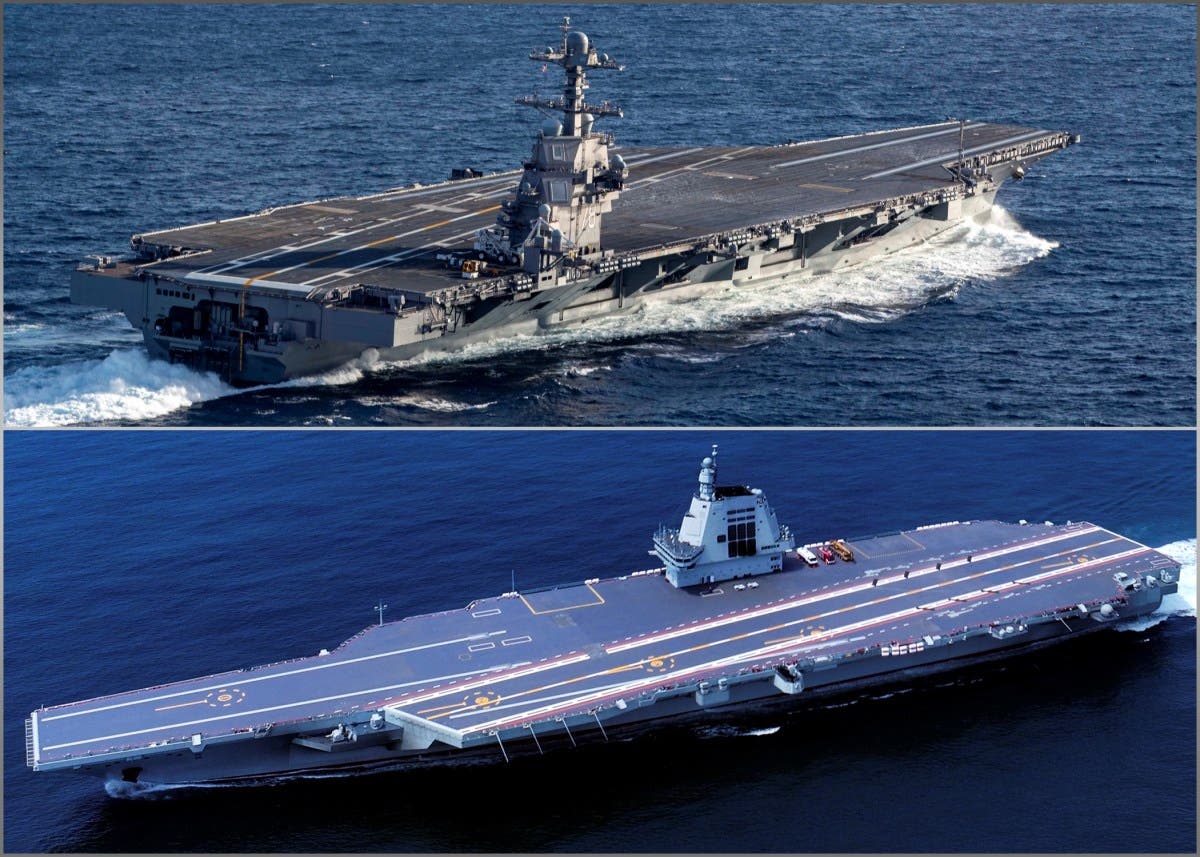BREAKING: China has officially commissioned its most advanced aircraft carrier, the CNS Fujian, marking a significant milestone in its naval capabilities. This newly launched warship is poised to rival the United States’ USS Gerald R. Ford, underscoring the intensifying naval competition between the two global powers.
The Fujian was launched in June 2022 and represents a critical step in China’s ambitious military modernization strategy under President Xi Jinping, who aims to establish a “world-class” military by 2049. Current reports highlight that China operates the largest navy globally, boasting over 370 vessels, including three aircraft carriers.
As tensions escalate in the South China Sea, the launch of the Fujian adds to the urgency. The U.S. maintains a fleet of 11 aircraft carriers, a direct response to China’s growing naval threat. American carriers are frequently deployed in the western Pacific, reinforcing the U.S. commitment to its allies in the region.
Both the Fujian and the Gerald R. Ford are groundbreaking vessels as they feature electromagnetic catapults—a technology that enhances their capabilities to launch heavier aircraft, bolstering their combat effectiveness. The Ford is equipped with four catapults, while the Fujian has three.
The naval rivalry is intensified by the aircraft each carrier can support. The Gerald R. Ford, with a full-load displacement of 112,000 tons, can carry over 75 aircraft, including F-35C stealth fighters. In comparison, the Fujian can operate between 50 to 60 aircraft, including the stealthy J-35, designed to compete with its U.S. counterpart.
The USS Gerald R. Ford is stationed at Naval Station Norfolk in Virginia and is primarily deployed across the Atlantic and Mediterranean. In contrast, the Fujian will be homeported at Yulin Naval Base near Sanya, positioning it strategically near contentious maritime zones.
The implications of this launch are significant. The Fujian is the largest warship ever built by China, with a displacement exceeding 80,000 tons. While it utilizes steam turbines with diesel generators, unlike the nuclear-powered Ford, which can operate for 20 to 25 years without refueling, this advancement in Chinese naval capabilities cannot be overlooked.
U.S. President Donald Trump previously underscored the importance of aircraft carriers during the USS Gerald R. Ford commissioning, stating, “Our allies will rest easy and our enemies will shake with fear.” This sentiment encapsulates the strategic mindset driving both nations as they bolster their military presence.
Official sources, including the Pentagon, confirm that the Fujian is designed to enhance China’s naval strike capabilities, with its advanced catapult technology enabling more efficient operations. The Center for Strategic and International Studies highlights that this vessel will extend the reach of the People’s Republic of China’s carrier-based aircraft.
As the world watches closely, the next major question is when the Fujian will conduct its maiden deployment. The USS Gerald R. Ford completed its first deployment in 2022, five years after its commissioning, and is currently engaged in missions across the U.S. Southern Command area, focusing on counter-narcotics efforts.
Stay tuned for updates as this story develops, and consider the broader implications of these advancements in military technology and global power dynamics.
